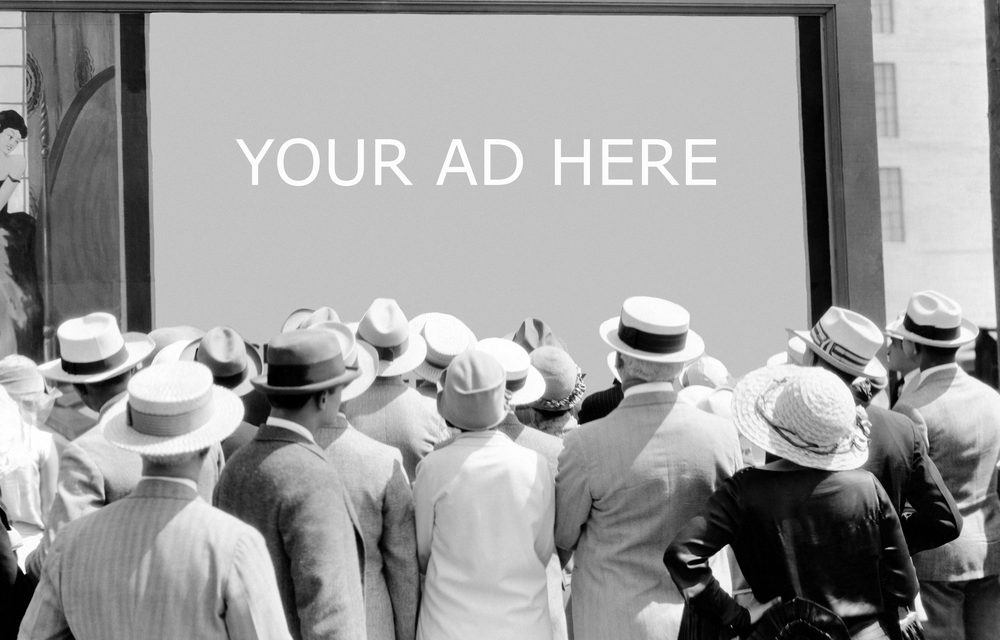Source: marketingcharts.com, April 2019

While global consumers’ attitudes towards advertising haven’t changed much over the past year, those in the US report being somewhat less bothered by advertising this year than last. About one-third (32%) of the 1,000 US consumers surveyed for a new report [download page] from Kantar Media said they disliked advertisements, down from 36% in 2018.
Nearly 3 in 5 Americans (57%) surveyed have no definitive like or dislike for advertising, but the percentage of those who find advertising enjoyable (12%) is half that of the 5-country average. While consumers in other countries seem to get more enjoyment from advertising, the UK is the only market that has a lower percentage of consumers who enjoy advertising (11%) than the US.
The data also suggests that where consumers happen to view an ad contributes to how much it is enjoyed. Kantar found that respondents enjoy seeing advertisements in the cinema more than in any of the other media. Perhaps more telling is that consumers prefer viewing ads through traditional platforms – such as television and print media – more than they do online.
This preference for ads in traditional media has not changed from last year, when a similar study by Kantar found that consumers were more receptive to advertising in traditional formats compared to those delivered online or through mobile.
What Counts As Advertising?
Advertising means different things to different people. For instance, while the vast majority (91%) of respondents feel that at least one of the forms of brand communications proposed in the survey counted as advertising, 3 in 10 considered all brand communications to be advertising.
The communication types that may not necessarily be as interruptive are recognized as advertising by the majority of consumers. For example, close to two-thirds consider sponsorship of TV or radio programs (65%) and sports teams or events (63%) to be advertising.
Product placement and brands shown in TV programs or films are considered to be advertising by 62% of respondents. As brands look to get their message through, consumers may be seeing more of this sort of advertising, as last year advertisers were expected to allocate more of their digital advertising budgets towards native advertising, which included product placement on television. Primary research conducted by MarketingCharts indicates that close to 1 in 10 American adults report having been influenced to make a purchase by a product placement on TV.
Meanwhile, other brand communications such as messages from brands on social media (60%), in printed news or articles (58%) and in online news or articles (57%) are also considered advertising by most respondents, albeit to a slightly lesser extent.
How Are Advertisers Doing?
Despite industry chatter about the death of creativity in advertising (as covered in the Financial Times), nearly three-quarters (74%) of respondents feel that advertisers are doing a better job communicating with consumers. Although this percentage is up just slightly from last year, there has been very little change in this attitude in the past few years.
While advertisers seem to be doing a consistently better job communicating, only about one-third (32%) of respondents feel like advertising is changing for the better. A larger percentage (38%) actually felt that advertising is neither changing for the better or for the worse. A takeaway here is that advertisers shouldn’t forget the impact of creative quality on ad effectiveness.
This somewhat ambiguous attitude towards advertising might either be helped or hindered by how advertisers use data to target ads. Three in 5 respondents report that they prefer to have ads that are relevant to their interest, but more than half (54%) also said they object to being targeted based on their past online activity.
Additionally, SmarterHQ research has found that not only do two-thirds of consumers find being targeted too often annoying, but 63% also said they had stopped buying from a brand that went too far in their personalization efforts.
If you’d like to read more, you can download the report here.
About the Data: Kantar interviewed 5,000 connected consumers (those who use at least two of the following devices connected to the internet: PC, laptop, smart TV, smart speaker/voice-activated device, personal tablet or smartphone) ages 18 years old or older, across five of the world’s largest communication markets (Brazil, China, France, UK and the US – 1,000 consumers in each).

